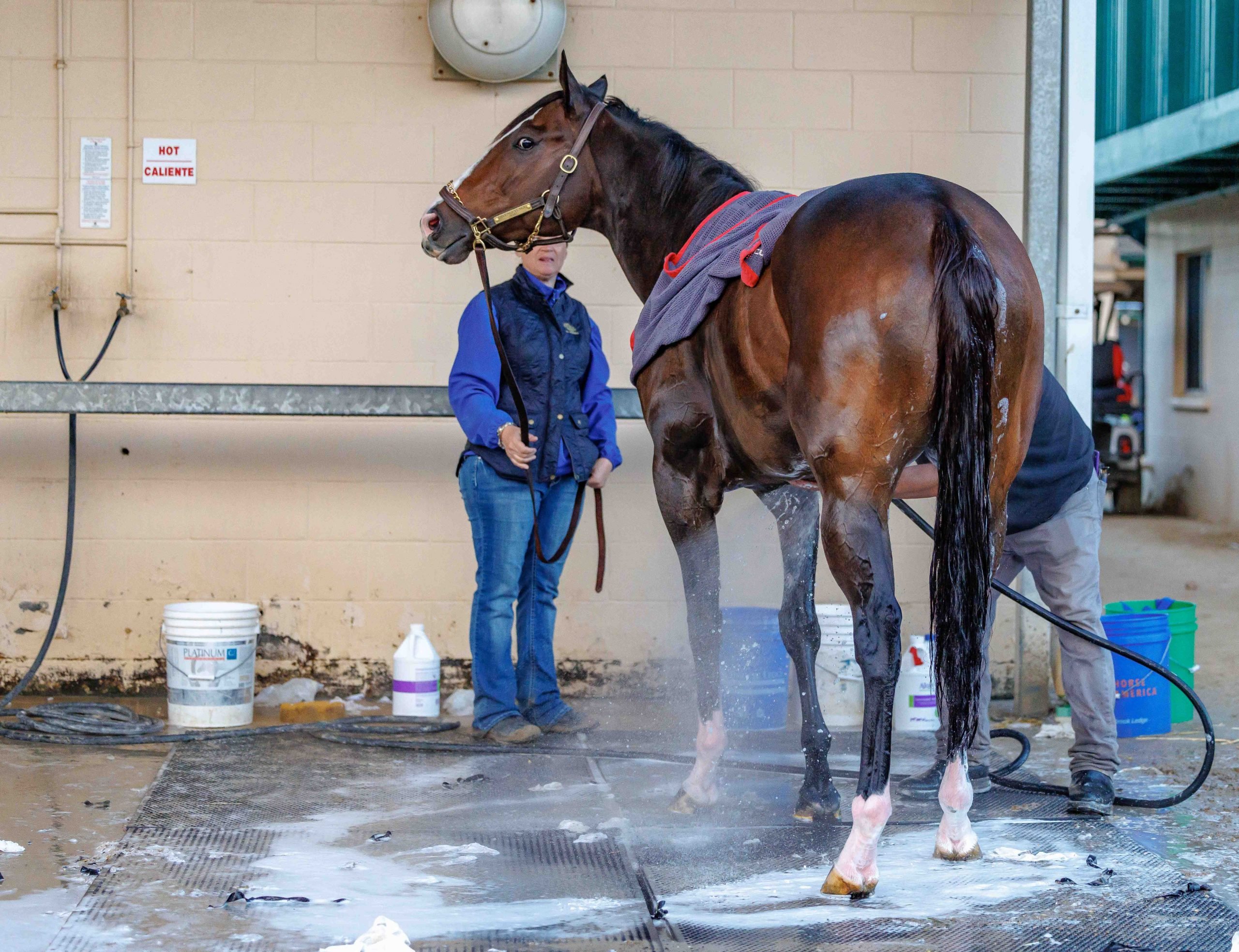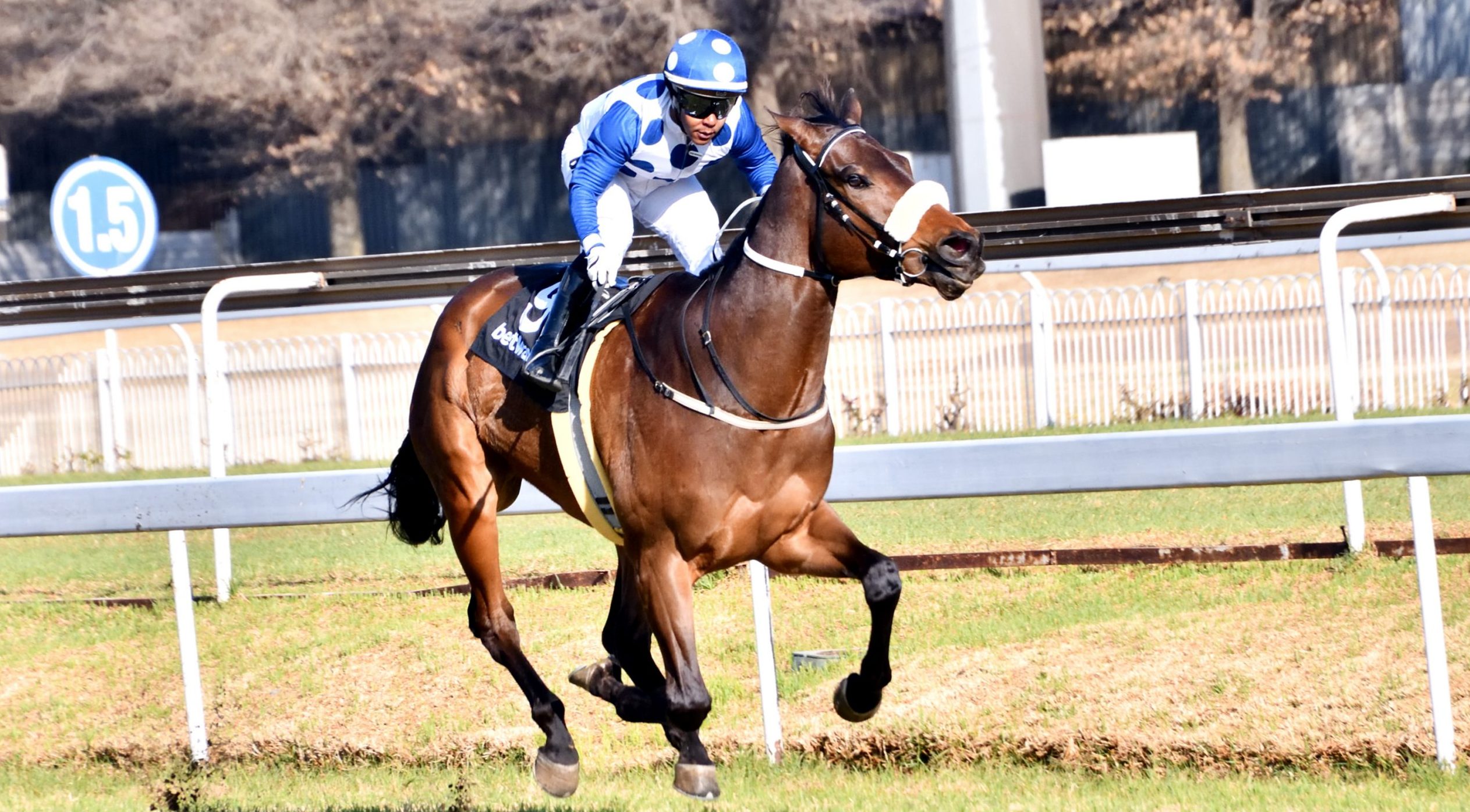A total of 572 yearlings will be auctioned in two Johannesburg sales over the next five days and the outcome will determine where the two companies stand with South African buyers, suggests award-winning racing scribe Dave Mollett writing on www.bdlive.com
While there will be some overseas interest mainly due to the plummeting rand, it is the country’s high rollers who will come under the spotlight.
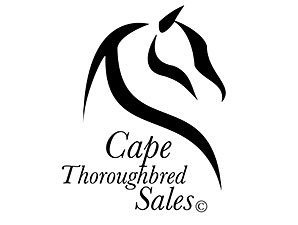 Will they choose the Cape Thoroughbred Sales (CTS) at Emperors Palace tonight or Bloodstock SA’s National Yearling Sale (from Wednesday to Friday next week), or both?
Will they choose the Cape Thoroughbred Sales (CTS) at Emperors Palace tonight or Bloodstock SA’s National Yearling Sale (from Wednesday to Friday next week), or both?
The racing industry’s informative The Sporting Post, which has given both sales much publicity, is unsure which way the cards will fall.
In their latest issue, the paper states: “The hegemony of Nationals was challenged by the introduction of the Cape Premier Sale in January 2011.
“From its inception, the Cape Premier Yearling Sale attracted quality yearlings which otherwise would have found their way to Nationals.
“It also caused Nationals to include in its catalogue yearlings which otherwise might not have qualified for the sale.
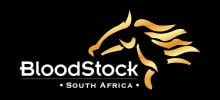 “Recovery followed for Nationals subsequently partially due to CTS significantly reducing the number of yearlings offered at the Cape Premier Sale for 2013 and onwards.
“Recovery followed for Nationals subsequently partially due to CTS significantly reducing the number of yearlings offered at the Cape Premier Sale for 2013 and onwards.
“It will be interesting to see what happens at Nationals this year with the CTS sale in January 2015 having shown an increase in overall median price of some 14%,” the Sporting Post said.
Auctioneers Andrew Miller and John O’Kelly will be on the rostrum for the CTS sale at Emperors Palace from 6pm today, while the team at next week’s National Yearling Sale will consist of New Zealander Steve Davis, Graeme Hawkins and Miller.
Watch today’s sale live – starts at 18h00.
Which is also probably an appropriate juncture to quote SP reader Alistair Brown of Equarius Bloodstock, who responded today to another reader, Barnesgbarnes, who had earlier commented unfavourably on the performance of SA-bred horses on the world stage.
Brown writes:
Just to put some perspective into just how well South African-bred horses ACTUALLY do, when able to compete on the international circuit, let’s first look at the sizes of foal crops:
Firstly, on the grand scale of things, South Africa is a SMALL breeding nation.
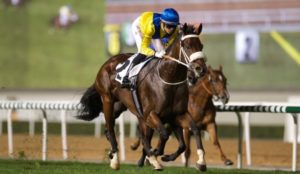
Vercingetorix (Silvano)
Also, so as to try and group things geographically I am combining Argentina and Chile (South America); Australia and New Zealand (Australasia); England, France, Ireland (Europe); and United States and Canada (North America). Please also note that the Southern Hemisphere countries listed here ALL have the benefit (?) of ‘shuttle stallions’ (but more of that below).
Taking figures from The Jockey Club Information Systems ‘International Cataloguing Standards’ for the years 2000 to 2011, the recorded total number of registered foals for the period is as follows:
AUSTRALASIA: 263,095
EUROPE: 250,154
SOUTH AMERICA: 108,025
NORTH AMERICA: 419,830
SOUTH AFRICA: 35,445
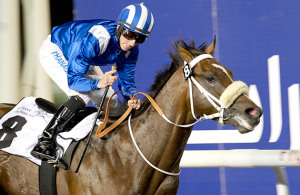
Soft Falling Rain (National Assembly)
That we are outnumbered almost 30 to 1 by the countries listed is staggering. Add to this the huge challenges that South African-bred horses have to face in extended travel and quarantines, just to get to another country, and any successes that we achieve overseas are not insignificant.
Looking at racing in North America, the UAE, UK, and France – since 2003 – the following are the achievements of Southern Hemisphere-bred horses – looking at Stakes wins only.
AUSTRALASIAN-BRED: 76 Stakes wins
SOUTH AMERICAN-BRED: 185 Stakes wins
SOUTH AFRICAN-BRED: 64 Stakes wins
The South American-bred results are excellent, but their close proximity and ease of movement into North America – where 165 of their 185 wins were achieved – needs to be taken into consideration.
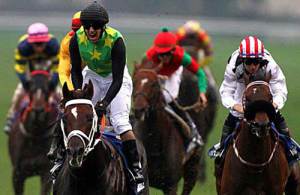
Variety Club (Var)
As mentioned above, all of the mentioned Southern Hemisphere countries have the ‘benefit’ of shuttle stallions – but, although many feel that it would be a boon to South Africa if we could join the ‘shuttle club’ – I am of the opinion that all it would achieve would be a smaller genetic pool of stallions – and horses that have come to South Africa and become huge successes at stud, and helped shape the breed, would not have had the opportunity to do so if we had a bunch of shuttle horses standing here each season. But, that is another matter completely.
For now – anybody who throws stones at South African-bred horses remarkable overseas successes needs to do a bit more research!






